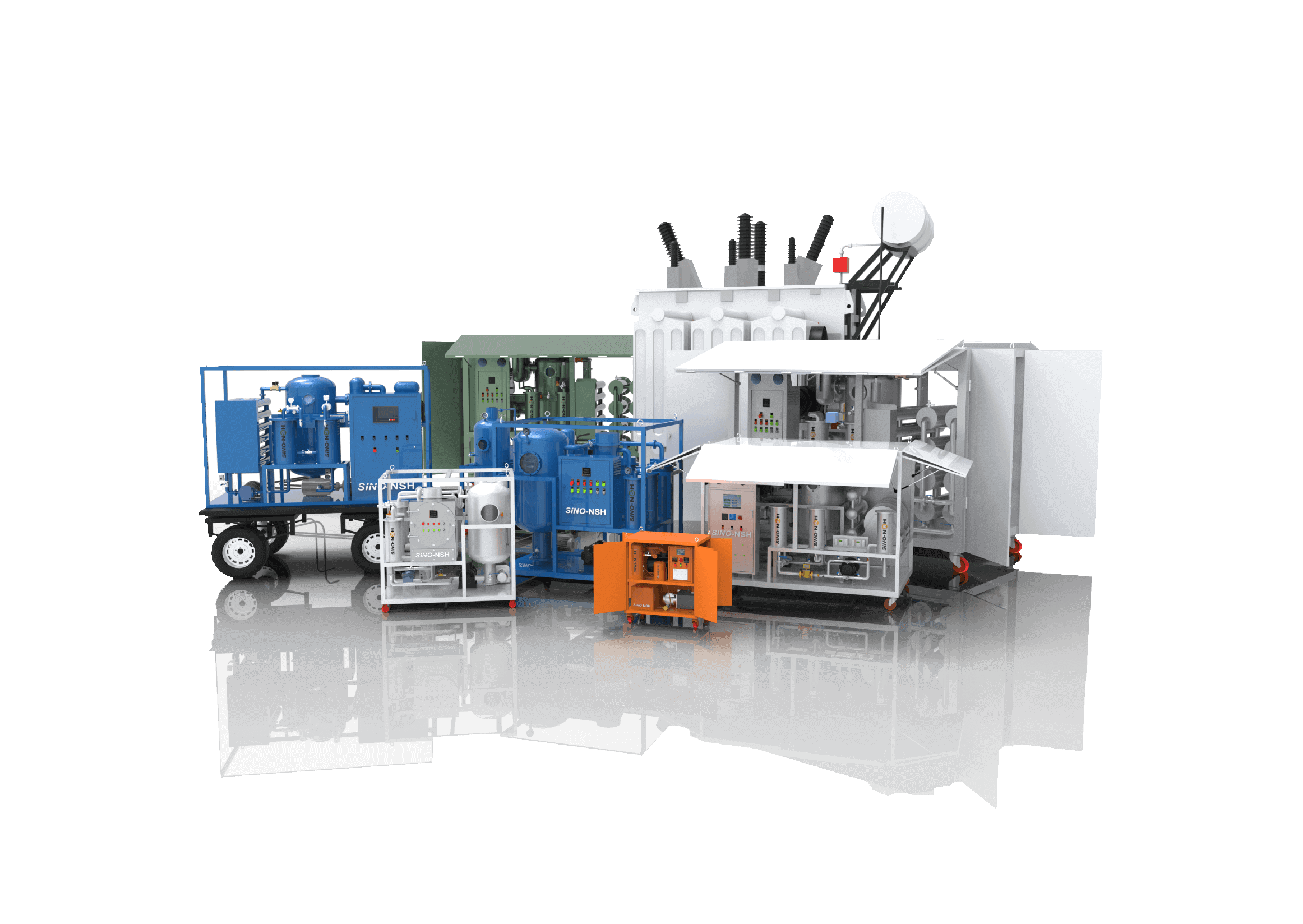E-mail seo@sino-purification.com

Time:2025-10-29 13:47:56 Reading volume:
Selecting the right industrial oil purification machine helps cut costs, protect equipment, and reduce environmental impact. Below is a summary of the main purification technologies and their ideal applications.

Principle: In a vacuum, the oil’s boiling point drops. Heating and negative pressure remove dissolved water, gas, and impurities.
Applications: Used for transformer oil, turbine oil, and other oils with high water content.
Advantages: Excellent dehydration and degassing
Maintains oil quality
Principle: Uses centrifugal force to separate oil, water, and solids by density.
Applications: Effective for oils with large water or impurity loads.
Advantages: High throughput, low maintenance
No filter replacement needed
Limitations: Cannot remove dissolved water or fine particles.
Principle: Oil is forced through filter plates and paper, trapping solids and some moisture.
Applications: For machining, steel rolling, and other high-impurity operations.
Advantages: Simple, affordable, easy to maintain
Limitations: Frequent paper replacement
Limited dehydration ability
Principle: Portable system combining pump and multi-stage filters for high-precision filtration.
Applications: Online or offline maintenance of lubricating and hydraulic oils.
Advantages: Mobile and flexible
High filtration precision (NAS 5 or higher)
Principle: Two-stage system: coalescing elements merge tiny water droplets, separation elements remove them by gravity difference.
Applications: For demulsifying and purifying emulsified or milky oils.
Advantages: Excellent for emulsified oils
High water removal efficiency
Principle: Uses a high-voltage electrostatic field to attract and remove polar impurities, oxides, and submicron particles.
Applications: For fine purification and oil life extension in precision systems.
Advantages: Removes ultra-fine contaminants
Extends oil service life
Limitations: Poor for high water or metal content
Usually used as a final deep purification step
Summary
Each type serves a specific role:
Vacuum purifier – dehydration and degassing
Centrifugal purifier – heavy contamination
Plate and purifier – solid impurity removal
Precision cart – routine maintenance
Coalescing purifier – emulsified oil treatment
Electrostatic purifier – deep, fine cleaning
Choosing the proper system ensures longer oil life, stable operation, and lower maintenance costs across industrial applications.